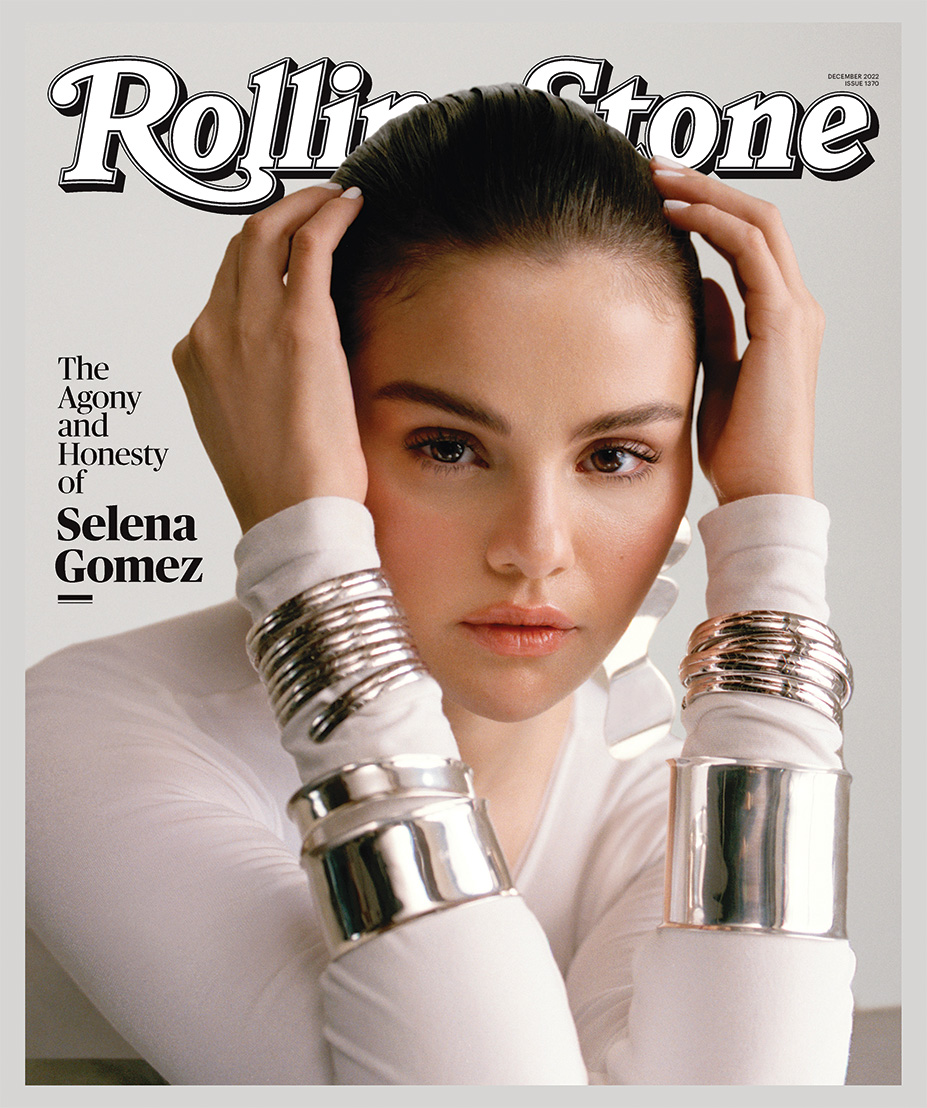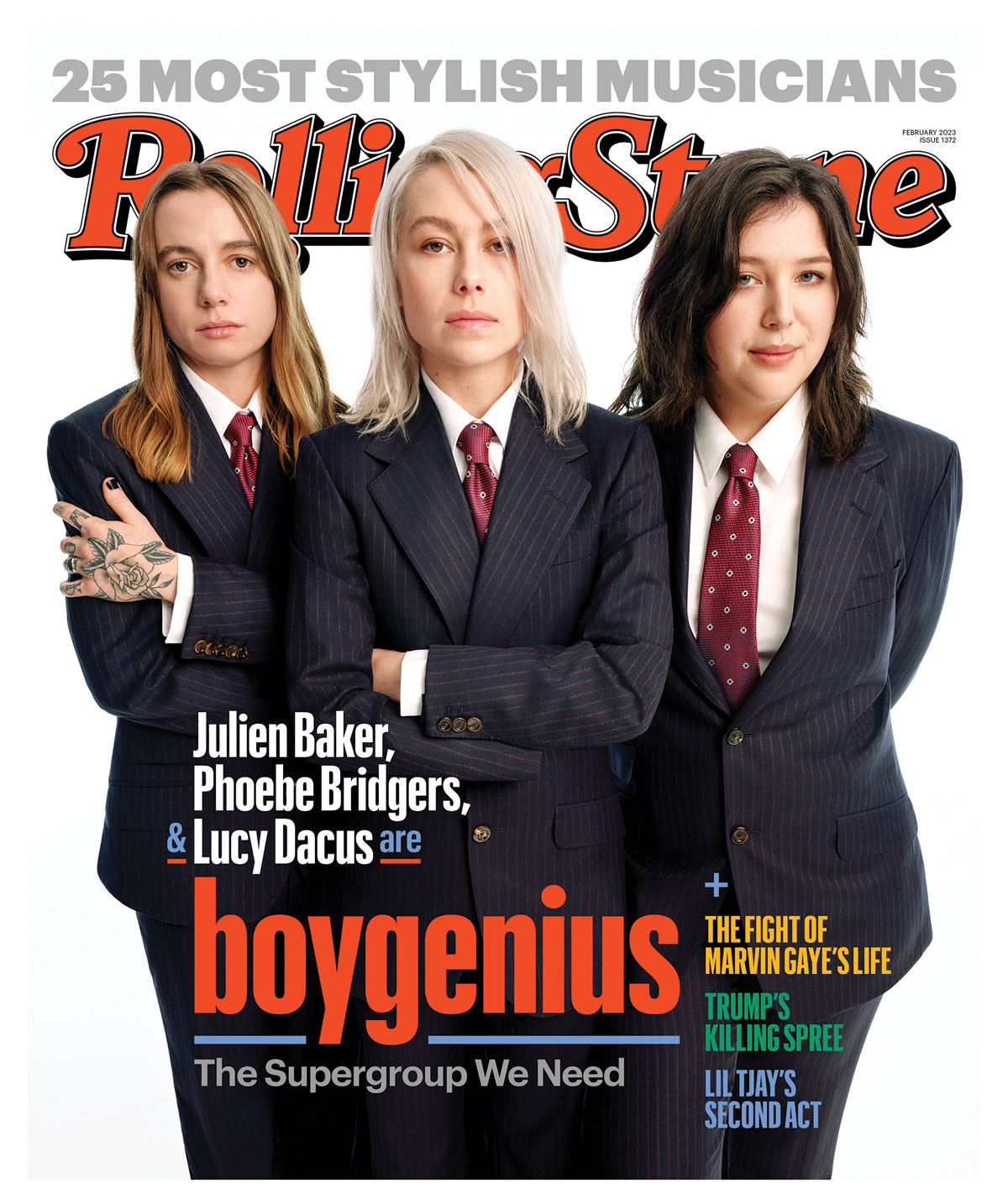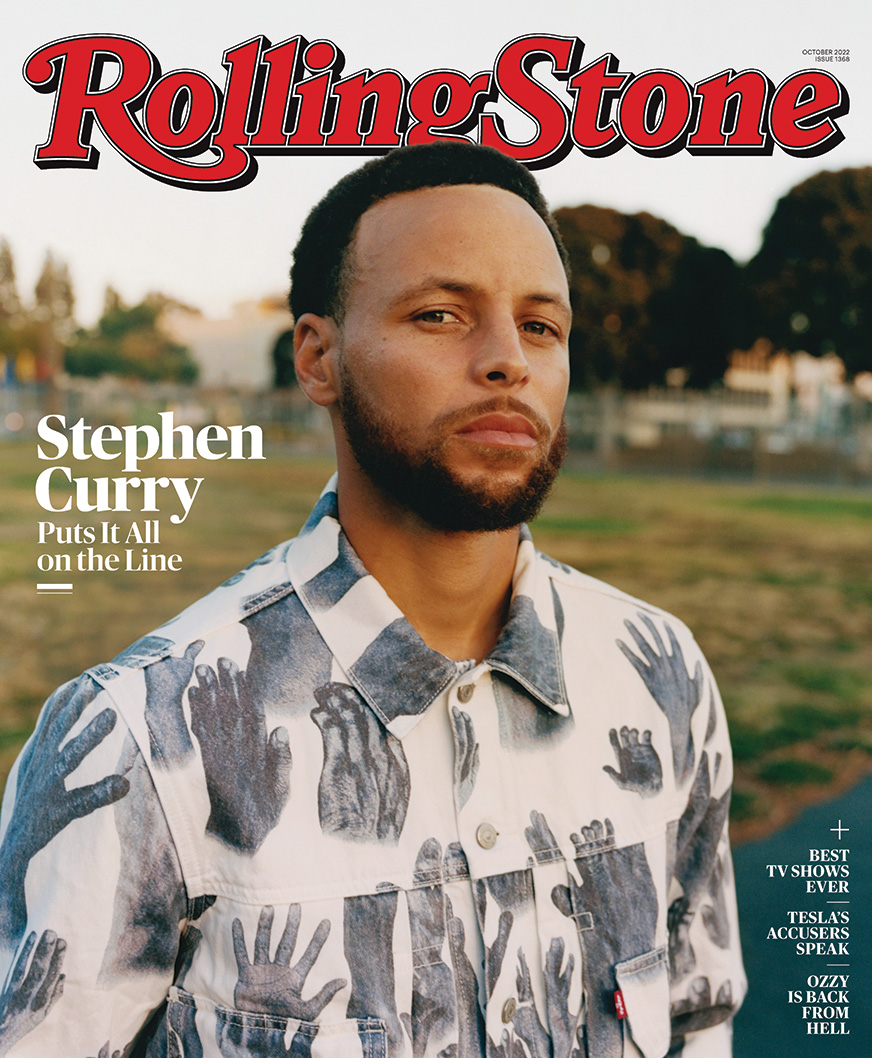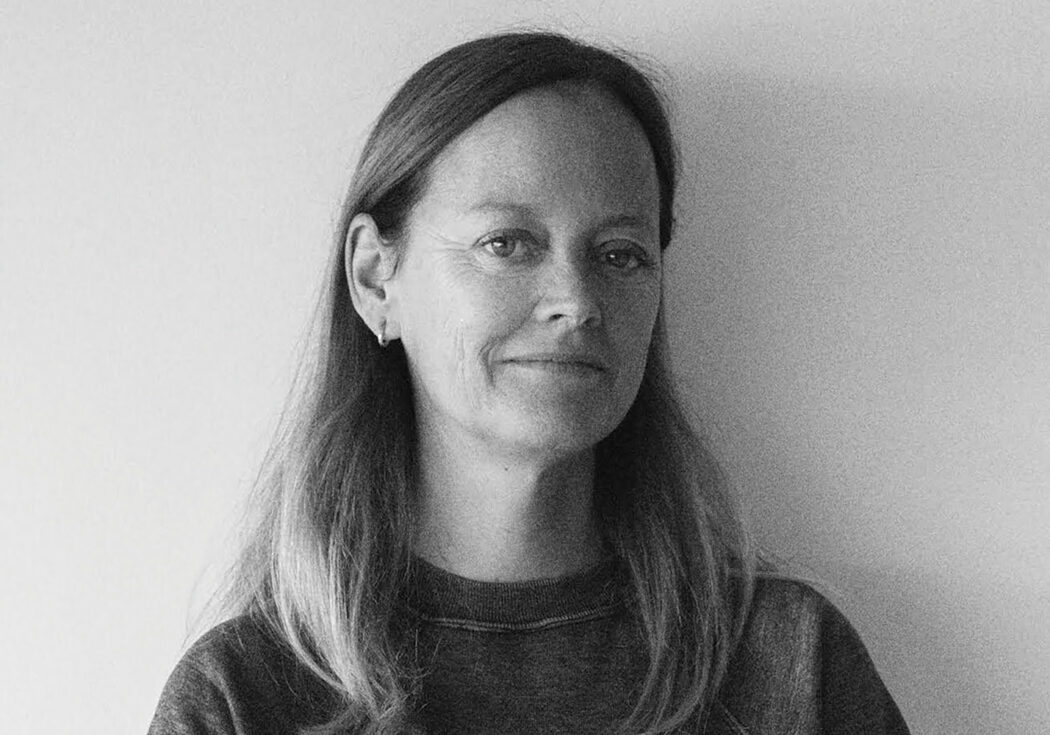Long Live Print With Rolling Stone’ s Emma Reeves
When putting together the judging panel this year, we thought to ourselves, “Hey Whalebone, you know what kind of human would make a good addition to the judge lineup? Someone who helps make magazines.” We agreed with ourselves and reached out to our friends over at Rolling Stone magazine—that one, yes. And they pointed us to Director of Photography and Deputy Creative Director Emma Reeves. Then we thought, “Well this is all going according to plan.” A little more with Emma.

Tell us a little about your job at Rolling Stone?
Emma Reeves: My role is to oversee primarily the original commissioned photography in the magazine. Everything from cover to stories to portraits of upcoming musicians, to all sorts of original commissions. That also does encompass the use of archived material, sourced imagery, licensed imagery. I also work closely with the creative director and so I do have an input into the way that the magazine looks, the interplay of graphic and photographic, which is the editorial secret sauce if you like, that happens in print. But that’s for the printed issue, which is eleven issues a year because we have one combined issue, which is July/August.
Obviously nobody works in magazines only to work on print issues anymore because we all are very much transmedia in everything we do. So it’s important to consider how any images we generate are going to live on all the platforms that we exist on. So, transmedia means we are very much digital forward, digital-first, even though we still have the luxury of having a print issue. That will never go away because Rolling Stone is such an iconic title, people definitely want to be seen on the cover of a print issue, whatever age they are.
Did you always have an eye for photography?
ER: I’ve always really enjoyed photography. I studied art history at University. But I didn’t specialize in photography. I think visual-anything to me is very, very much a part of my world. Before I got into the magazine game in the ’90s, I worked in advertising and television. These are both visually expressive media. I do have a passion for photography and that’s how I ended up initially being the director of photography at Dazed & Confused magazine, out of the Dazed Group in London. I think that was a combination of not only having a passion for photography, but also having the ability to produce and stay very organized. So, I don’t think it’s just about photography. I think it’s more about just being very connected to and stimulated by the visual.

What does a day on the job look like for you?
ER: I mean, it’s more like, what does a month look like in a way? What does an issue look like? It depends. There’s one cover a month; normally it’s shot each month. I’m still really keen to do something where I can get ahead of that and shoot three covers back to back and then have a bit of a kind of downtime in between. It doesn’t really work like that, unfortunately. But then daily it’s endlessly updating information from editors, endlessly checking the budgets and where we’re at. There is a limit to how many shoots we have in each issue of Rolling Stone. There’s a cover shoot and then there’s a handful of shoots, original commissions inside the magazine.
If we are in the final stages of production, then it’s more in the hands of the design team and the editors to be finishing off all the nuances of the final stages of some of these very rigorous articles, which actually require legal sign-off, all these different things. I’m not so involved with all of that. So, while they’re all kind of putting the final touches on the magazine, I’m moving on to the next one.
I’ve tried to instigate a day where we get one photographer in to spend some time with. These photographers have probably shot for the magazine or will be shooting for it. The more communication we have with our photographers, the more they can do—and they can actually pitch stories to us.
Do you have a favorite cover?
ER: Honestly, I don’t. It’s a bit like having multiple children. I think you’re not supposed to have favorites. I really enjoy the challenge of each of the cover shoots. I would say no, I don’t really have a favorite.
The job you’d most like to do if you weren’t doing what you’re doing now?
ER: Working for an environmental agency. We have recently published our April issue which features quite a bit of content relating to climate change. Rolling Stone has a long-standing commitment to issues around the environment so I am very happy to be able to be part of bringing that coverage together.
…the interviews that Rolling Stone does are phenomenal and they require so much access. So, I need the photography to represent that and give a sense of access, iconic status.

How do you develop the feeling or look of the shoot based on the individuals you’re working with?
ER: To be honest, there isn’t the luxury of, “Oh, I’ve got the best idea for this.” I first have to find out the time frame we have, the limitations we have, where we will shoot this, etc. We tend to push for what I have termed the north star of cover photography, which is iconic intimacy—that’s what I like for us to be working towards. That really does represent the uncompromising editorial approach to cover stars, cover celebrities, cover people, because the interviews that Rolling Stone does are phenomenal and they require so much access. So, I need the photography to represent that and give a sense of access, iconic status, something that’s not been seen before, something that potentially redefines that person. So, the atmosphere of the thing changes each time.
What makes a good photo?
ER: I can’t really answer that without knowing what the purpose of that photo is. What is the context for that photo? Where does it have to be? A lot of it is gut and instinctual. I don’t think you learn it, you just know what you believe personally is a good photo.

